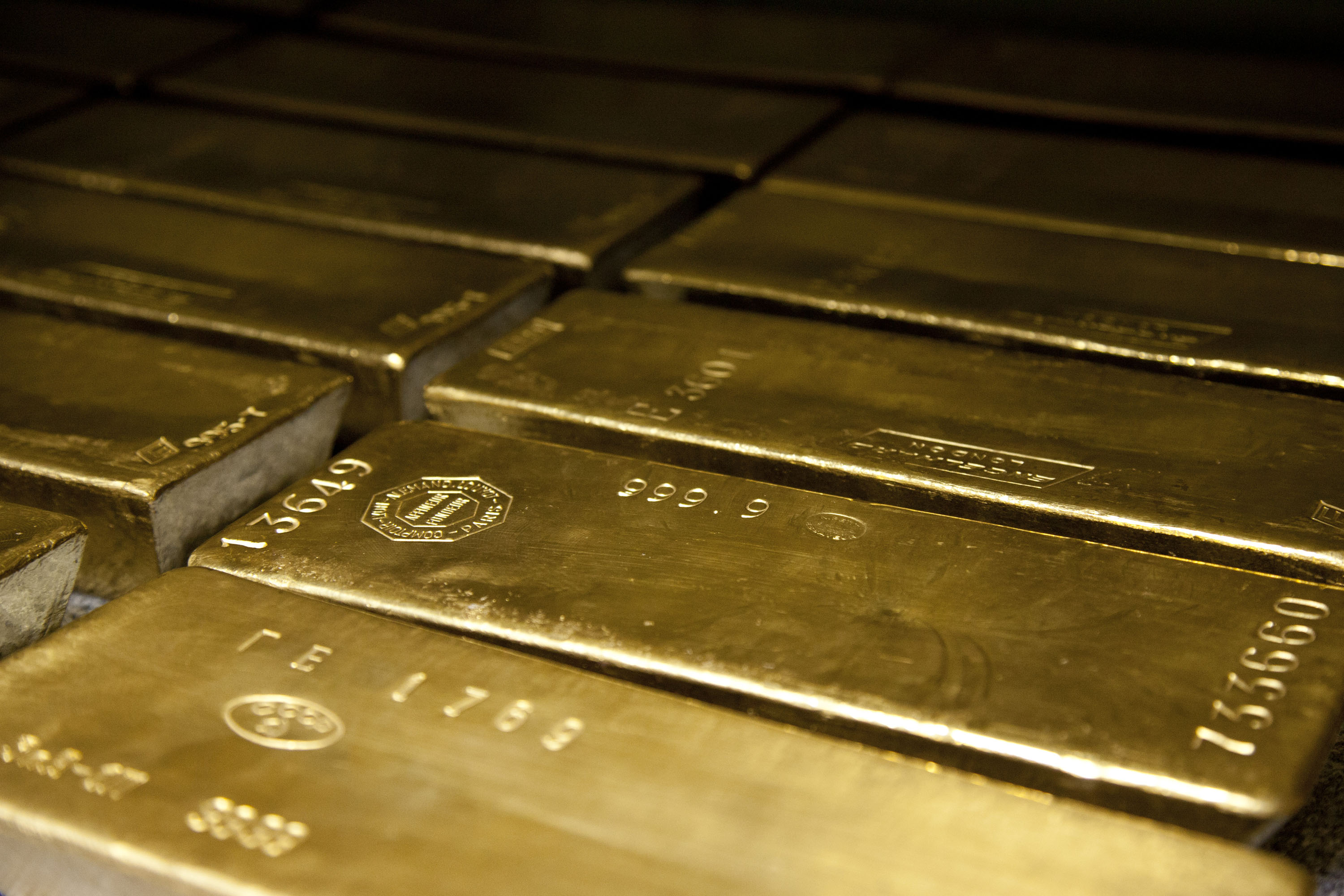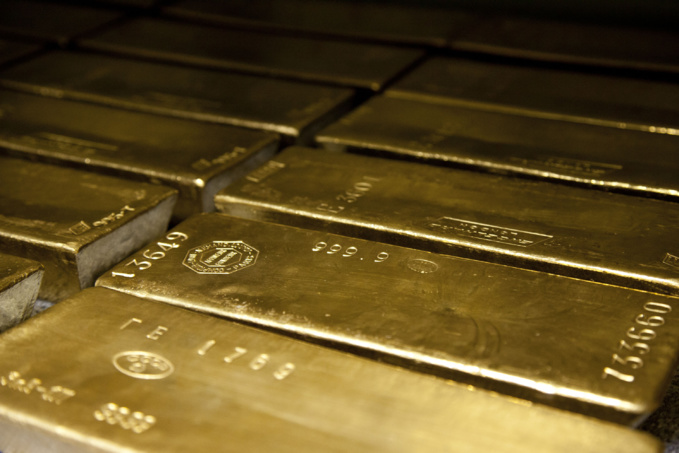According to the World Gold Council (WGC), July-September gold supply totalled nearly 1,240 tonnes, down 3% for the year. At the same time, production rose by 4% to 959.5 tonnes, while refining fell by 22% to 298 tonnes. However, according to WGC data, demand for the precious metal for the quarter was just 831.4 tonnes, down 5% from a year ago.
Consumption of the metal was lower only in the fourth quarter of 2020, which was the worst since the second quarter of 2008. The main reason for weaker consumption was lower demand from professional investors. Gold-focused ETFs reduced their investments in the metal by 27 tonnes during the quarter, compared to almost 274 tonnes in the third quarter of 2020.
Investor preferences are also negatively affected by rising US Treasury yields. Since the beginning of the year, the rate on ten-year US Treasuries has risen by almost 70 bp to 1.6 per cent per annum. In such circumstances, the value of the precious metal cannot consolidate above the level of $1.8 thousand per ounce. According to Reuters, the price of gold was near $1796 an ounce on Wednesday.
Part of the outflow from exchange-traded funds has been offset by increased interest from private investors. Demand for bars and coins rose 18.4 per cent to 262 tonnes last quarter. Central banks also acted as buyers of the metal for the fourth quarter in a row.
According to WGC estimates, they bought 69 tonnes of gold, six times last year's result, but three times less than in the second quarter. The largest buyers of the metal were the Reserve Bank of India (41 tonnes), the Central Bank of Uzbekistan (23 tonnes) and Brazil (9 tonnes). After almost a year's break, the Bank of Russia (about 6 tons) has also joined the ranks of buyers. Interest in gold on the part of central banks is a reaction to record dollar inflation. In September it reached 5.4%, the highest in 13 years.
According to the WGC, demand from jewellers rose by more than 40% to 443 tonnes. Industrial demand rose by only 8%, to 84 tonnes. Meanwhile, a worsening epidemiological situation and new lockdowns could have a negative impact on the jewellery industry.
source: reuters.com
Consumption of the metal was lower only in the fourth quarter of 2020, which was the worst since the second quarter of 2008. The main reason for weaker consumption was lower demand from professional investors. Gold-focused ETFs reduced their investments in the metal by 27 tonnes during the quarter, compared to almost 274 tonnes in the third quarter of 2020.
Investor preferences are also negatively affected by rising US Treasury yields. Since the beginning of the year, the rate on ten-year US Treasuries has risen by almost 70 bp to 1.6 per cent per annum. In such circumstances, the value of the precious metal cannot consolidate above the level of $1.8 thousand per ounce. According to Reuters, the price of gold was near $1796 an ounce on Wednesday.
Part of the outflow from exchange-traded funds has been offset by increased interest from private investors. Demand for bars and coins rose 18.4 per cent to 262 tonnes last quarter. Central banks also acted as buyers of the metal for the fourth quarter in a row.
According to WGC estimates, they bought 69 tonnes of gold, six times last year's result, but three times less than in the second quarter. The largest buyers of the metal were the Reserve Bank of India (41 tonnes), the Central Bank of Uzbekistan (23 tonnes) and Brazil (9 tonnes). After almost a year's break, the Bank of Russia (about 6 tons) has also joined the ranks of buyers. Interest in gold on the part of central banks is a reaction to record dollar inflation. In September it reached 5.4%, the highest in 13 years.
According to the WGC, demand from jewellers rose by more than 40% to 443 tonnes. Industrial demand rose by only 8%, to 84 tonnes. Meanwhile, a worsening epidemiological situation and new lockdowns could have a negative impact on the jewellery industry.
source: reuters.com



















